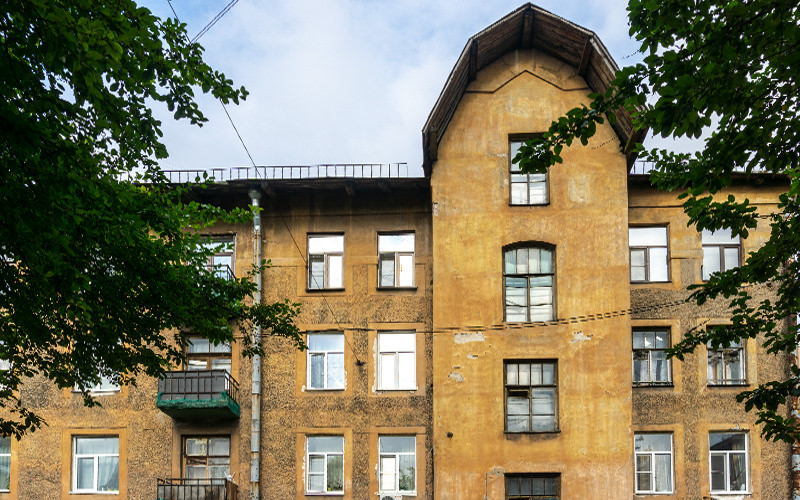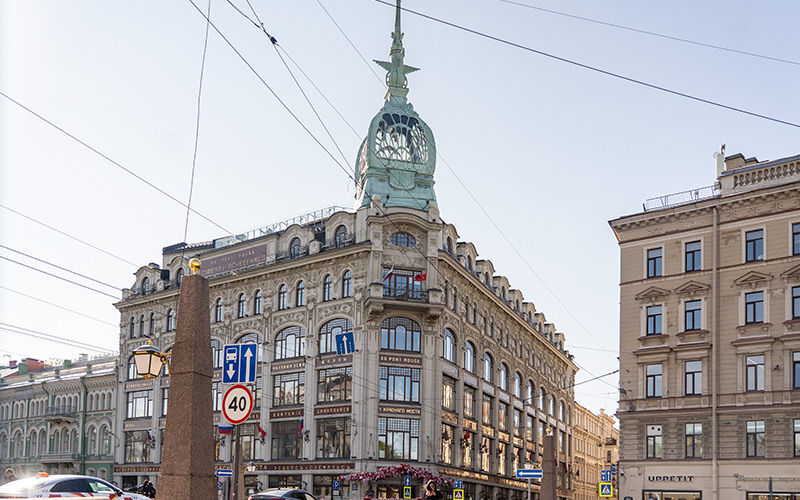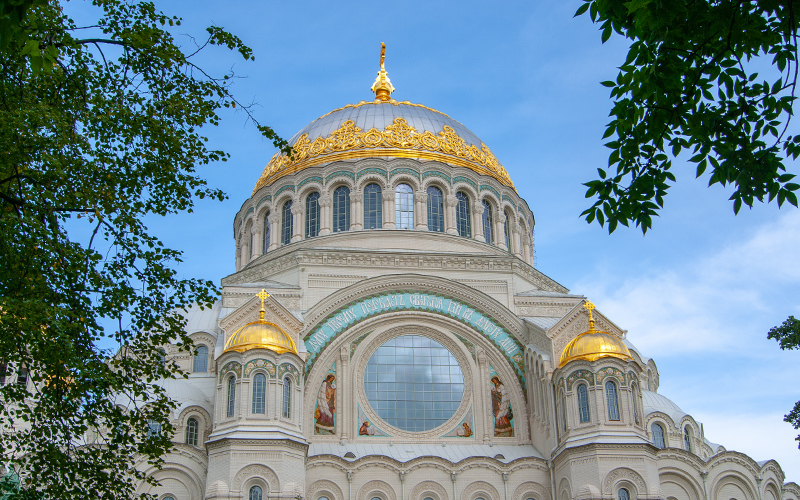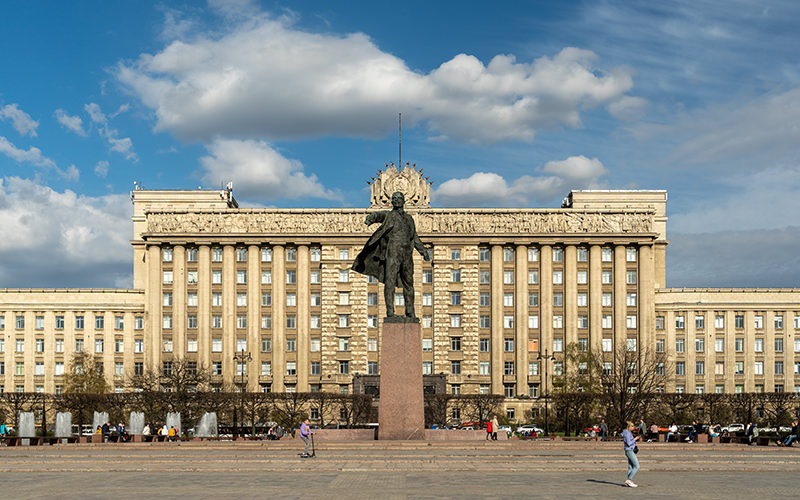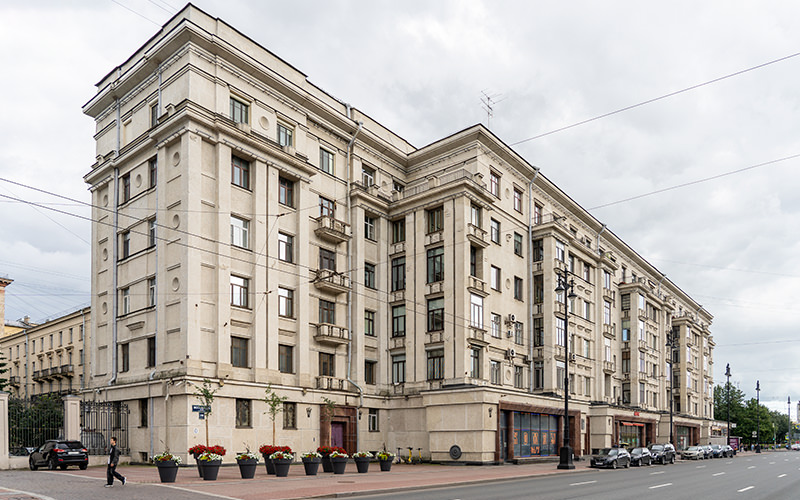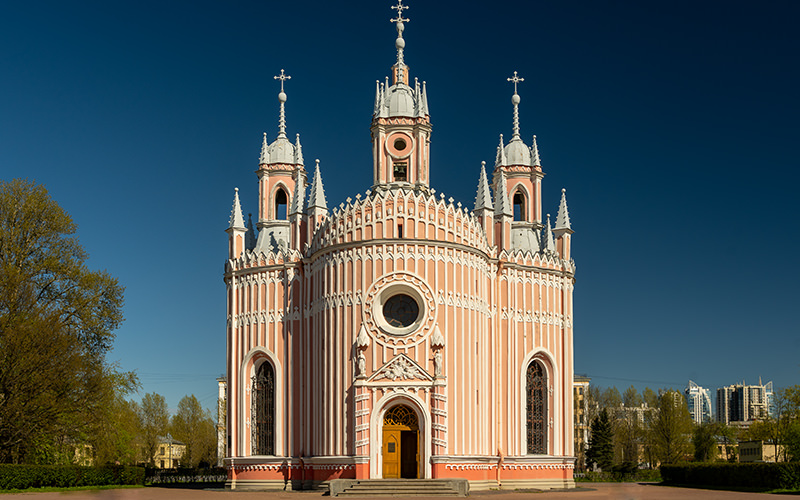Two years ago, I published a piece on my channel about Moscow Square in St. Petersburg, where a new city center was supposed to be developed in the past. The article continues to be popular with readers, so I decided to extend the topic of architectural landmarks in this area and tell you about the impressive House of Councils, located in the eastern part of the square.
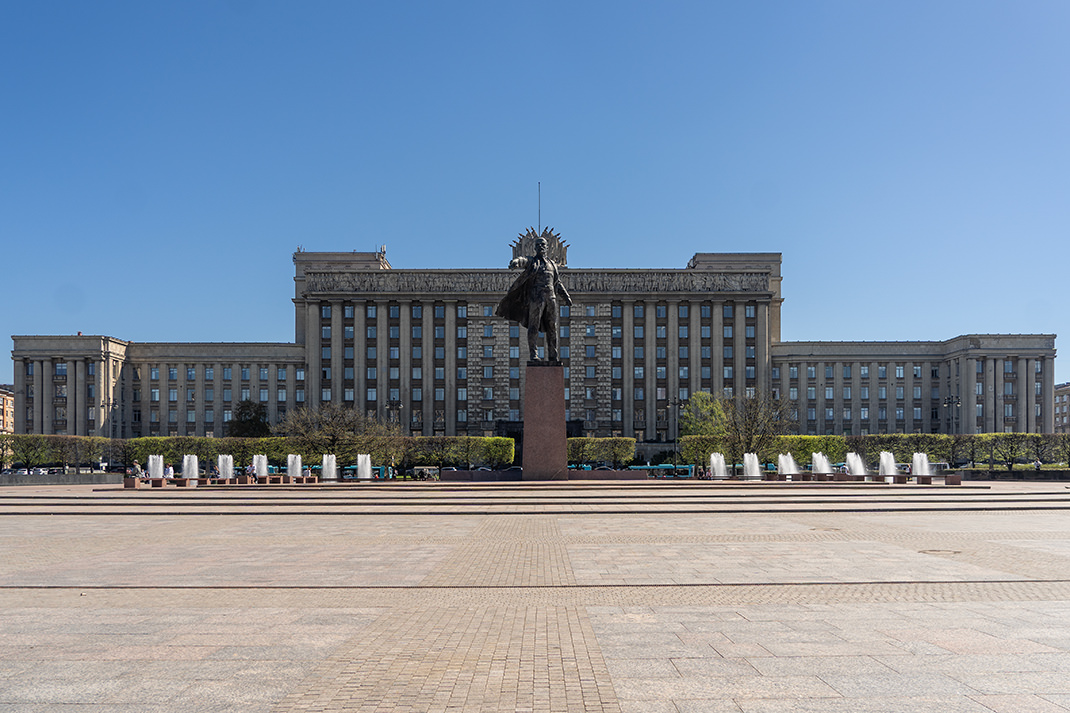
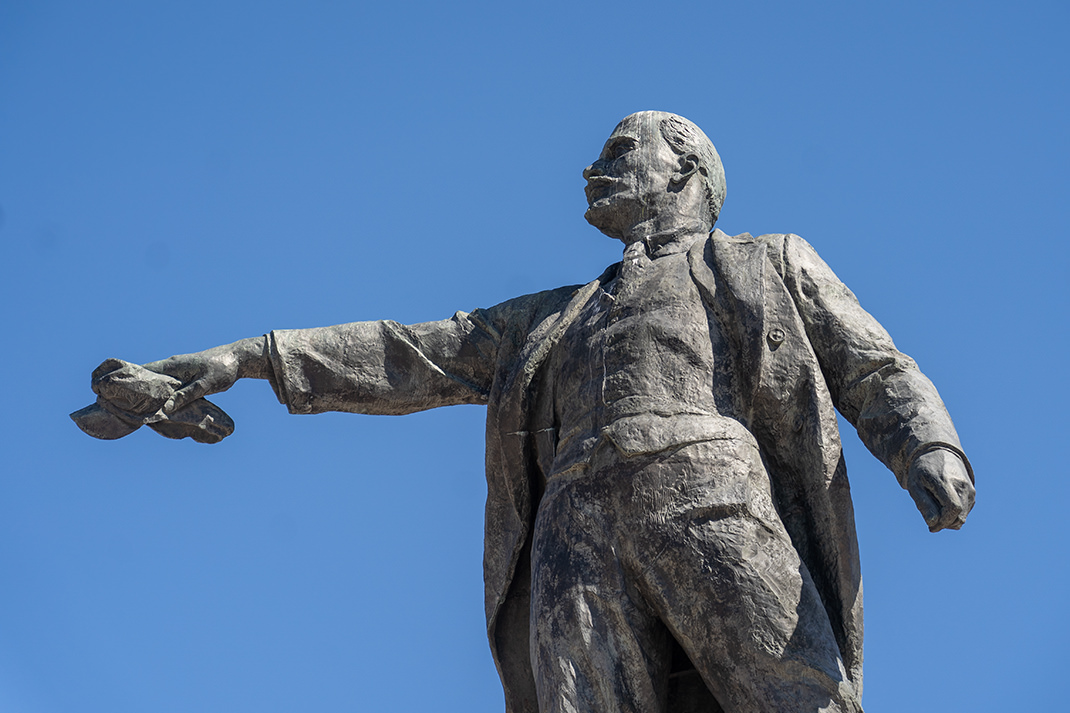
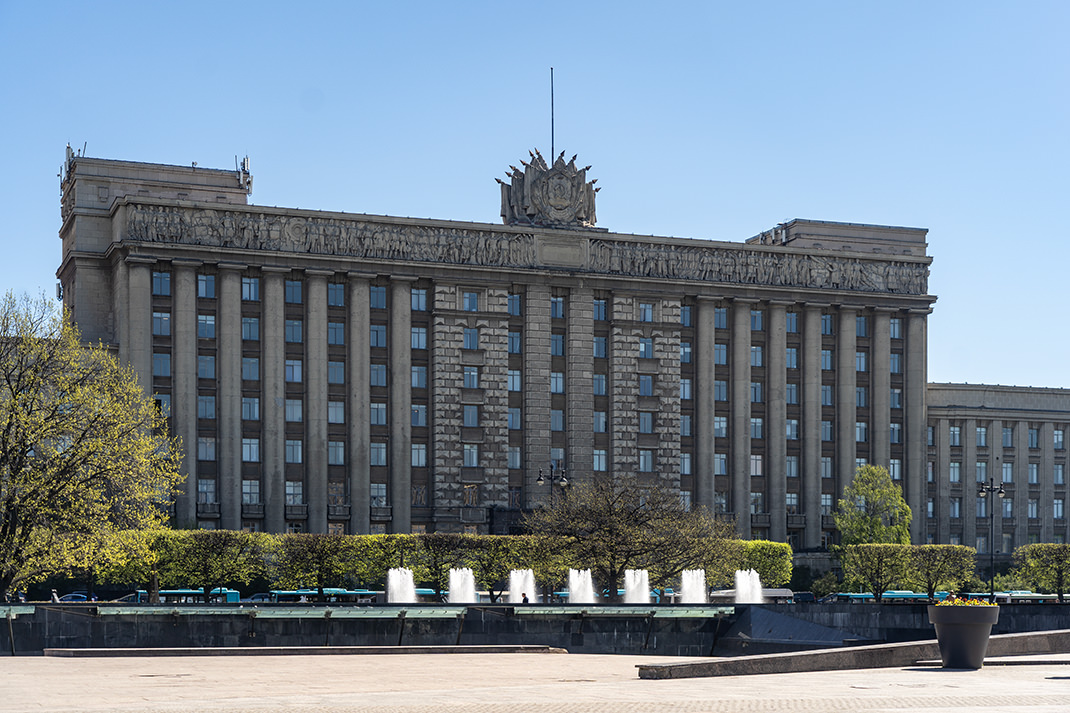
How to Get There by Metro
The address of the building is 212 Moskovsky Avenue. There are several exits from the "Moskovskaya" metro station right at the square, which is on the blue line of the metro. Currently, many organizations operate within the House of Councils, including travel agencies, legal firms, a driving school, and even a yoga studio.
When you visit, you can simply take a stroll around the vast Moscow Square, which is the largest in the city, or check out the nearby attractions. Not far away is the very interesting Chesme Church, which I wrote about a couple of years ago.
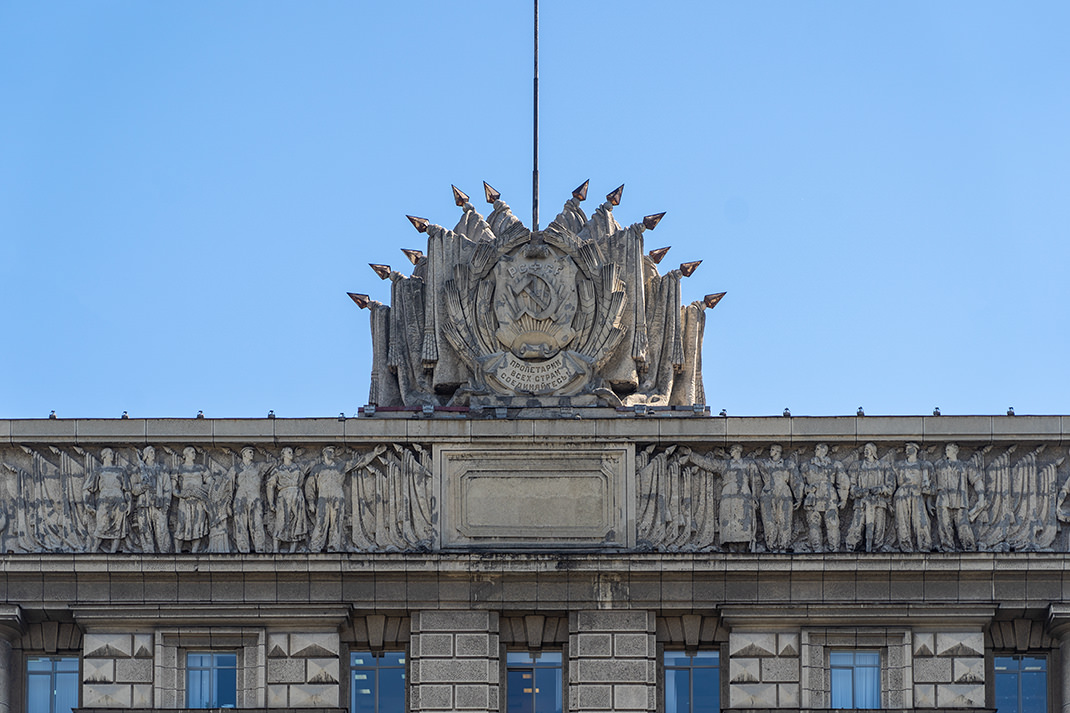
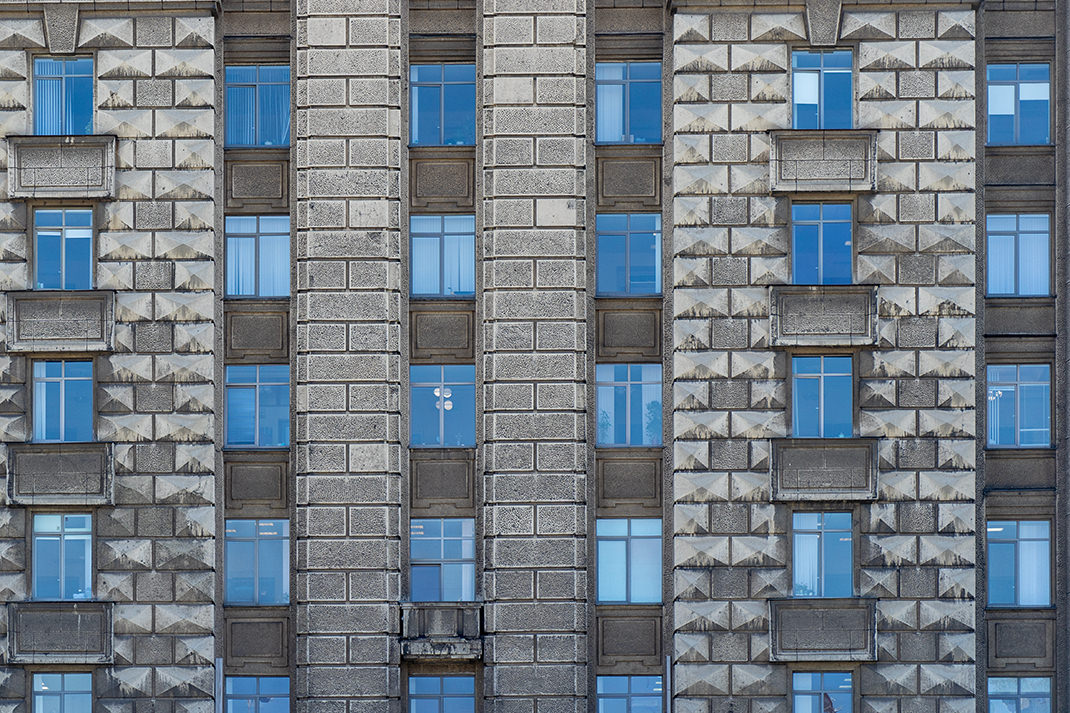
A Bit of History
The House of Councils was built on Moscow Square between 1936 and 1941. At that time, several similar structures were erected in Leningrad, primarily to house various organizations involved in city management or its districts. The first buildings on the Leningrad map were those of the Kirov and Moscow District Councils.
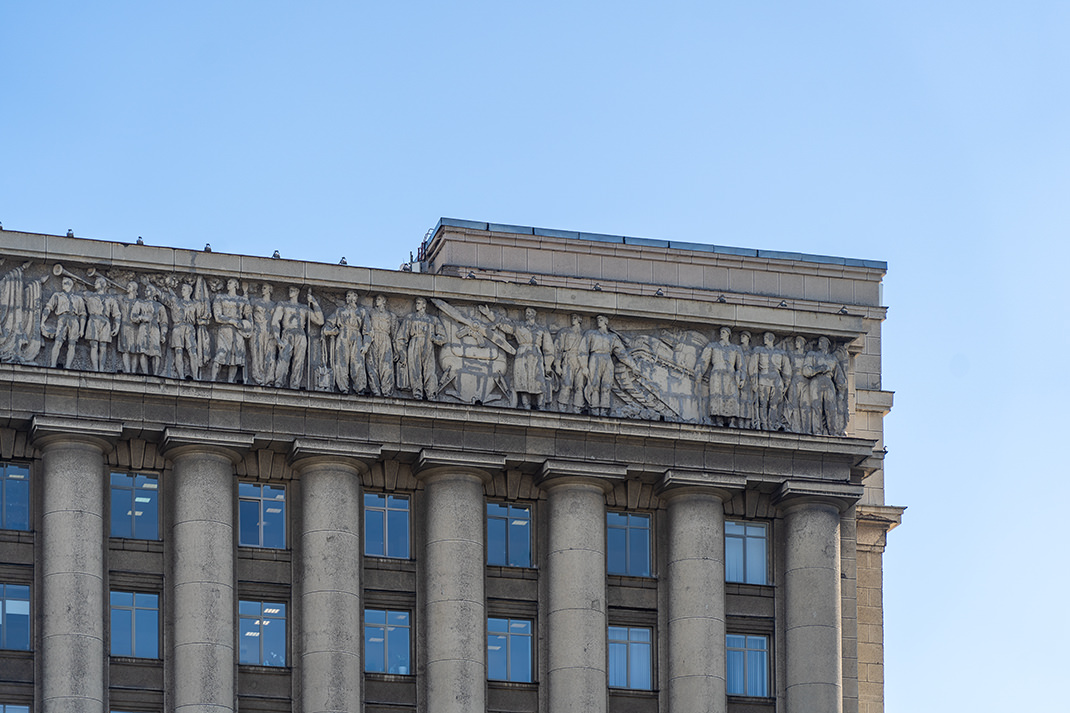
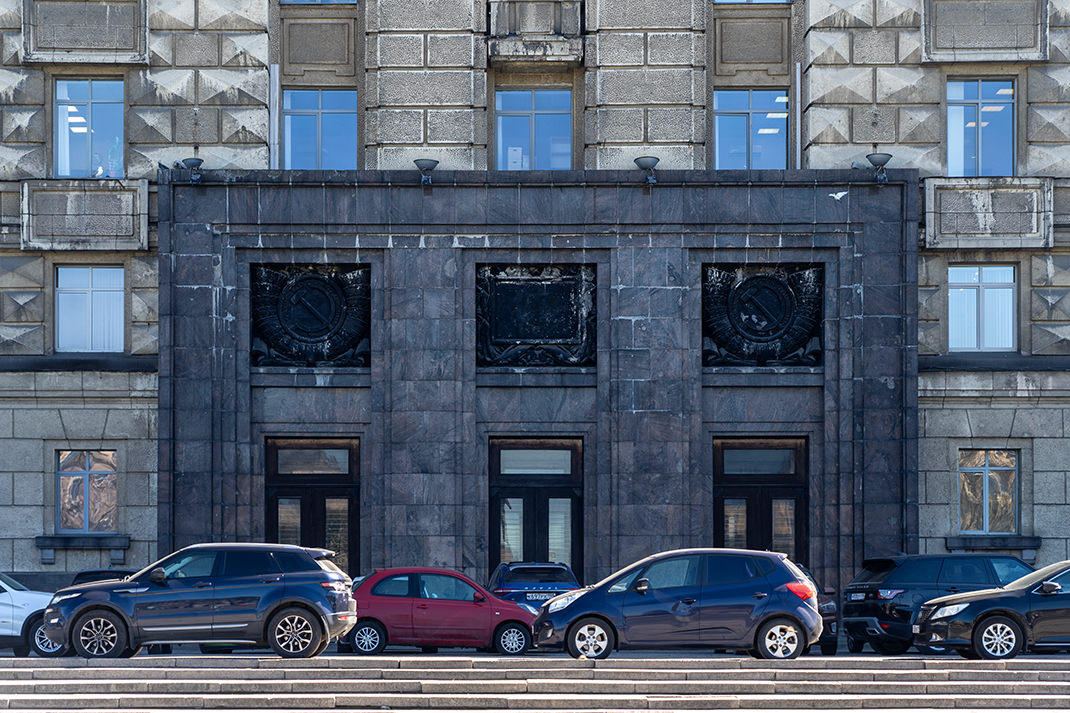
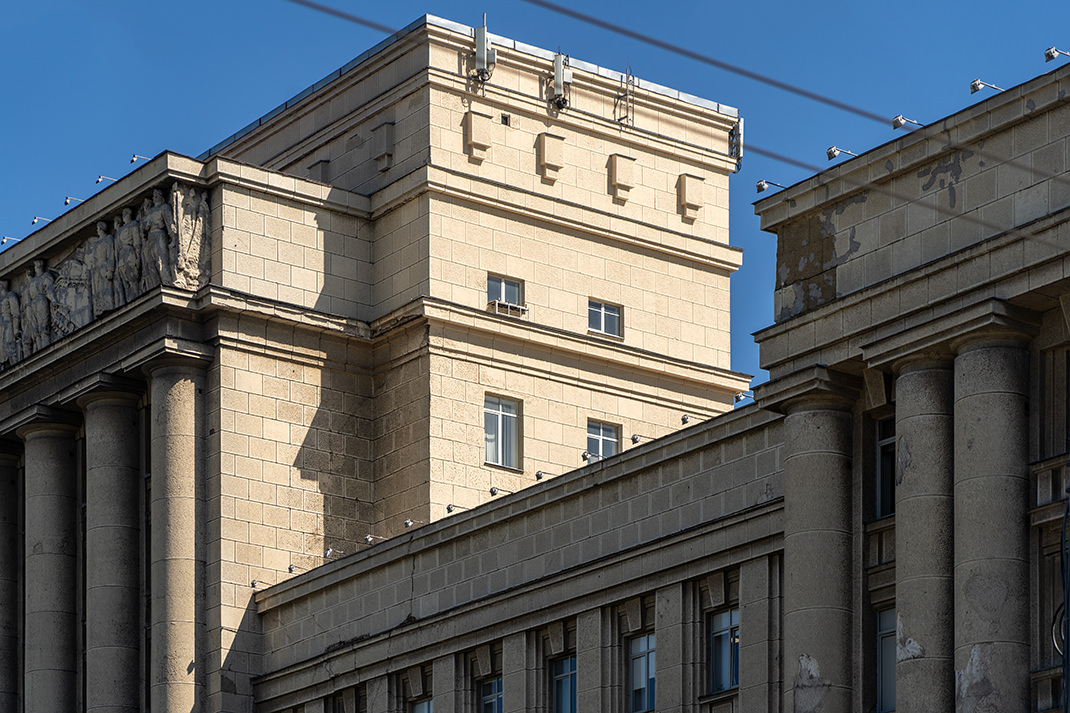
The monumental building on Moscow Square was designed by Noy Trotsky. The architect also constructed the S. M. Kirov Palace of Culture and the "Big House" on Liteyny Avenue, among others. He is regarded as an outstanding master of Constructivism.
As I mentioned at the beginning of this piece, this area was intended to become the new center of Leningrad. It is no surprise that the House of Councils, the architectural dominant of this area, became the largest public building of its time. The central part of the structure consists of eight floors, seven of which are unified by enormous columns. The upper part of the building is adorned with bas-reliefs depicting scenes from the lives of Soviet citizens. The grandeur of the picture is complemented by other objects on Moscow Square, including an 8.5-meter statue of Lenin and two ten-story buildings in the western part of the space.

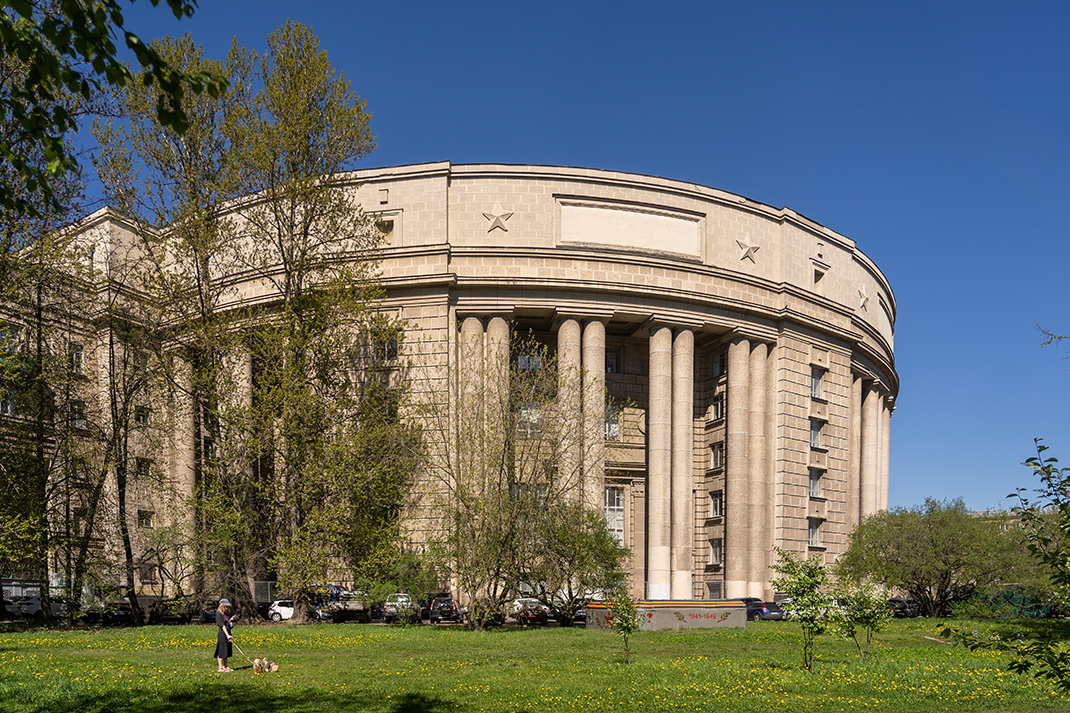
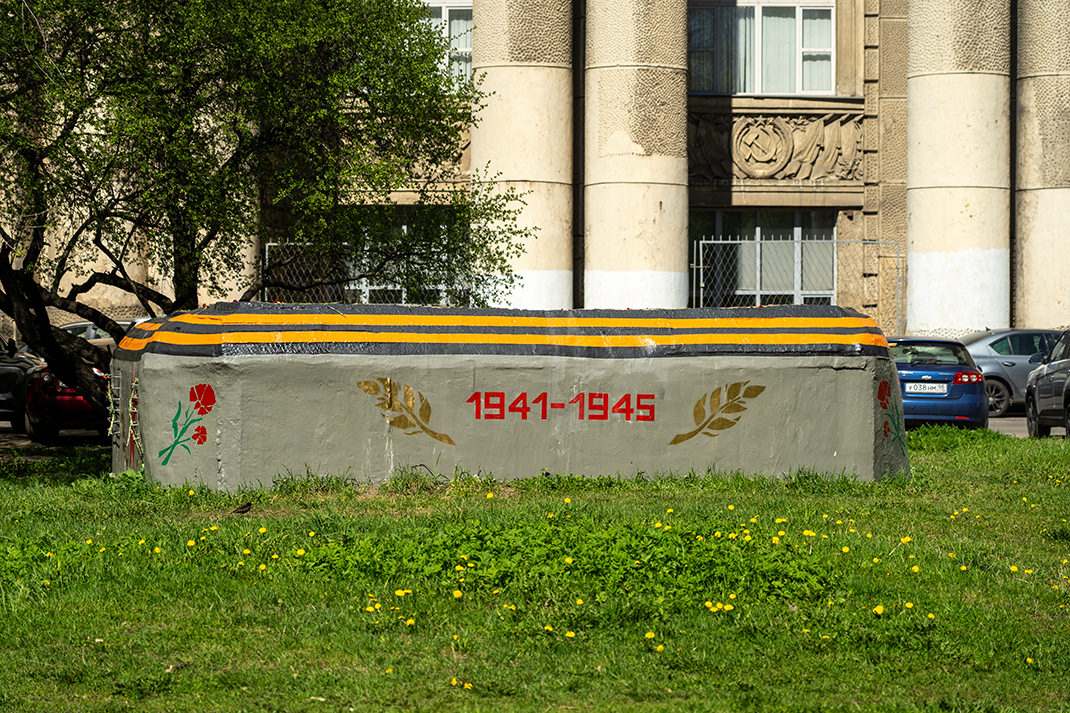
Plans to move the center of Leningrad southward were never realized. Literature on the history of St. Petersburg notes that over time, the House of Councils was occupied by closed institutions of the military-industrial complex.
Behind the House of Councils, there is a small park named after the architect Trotsky. In the northwestern and southeastern parts of the complex, there are two fortifications of the "Izhora" line, a system of defensive structures leading to Leningrad. I came across an article stating that many of these military structures were connected by underground passages. Interestingly, there are also mentions of a mysterious underground structure located beneath the House of Councils, which was discovered by builders of the Leningrad metro.
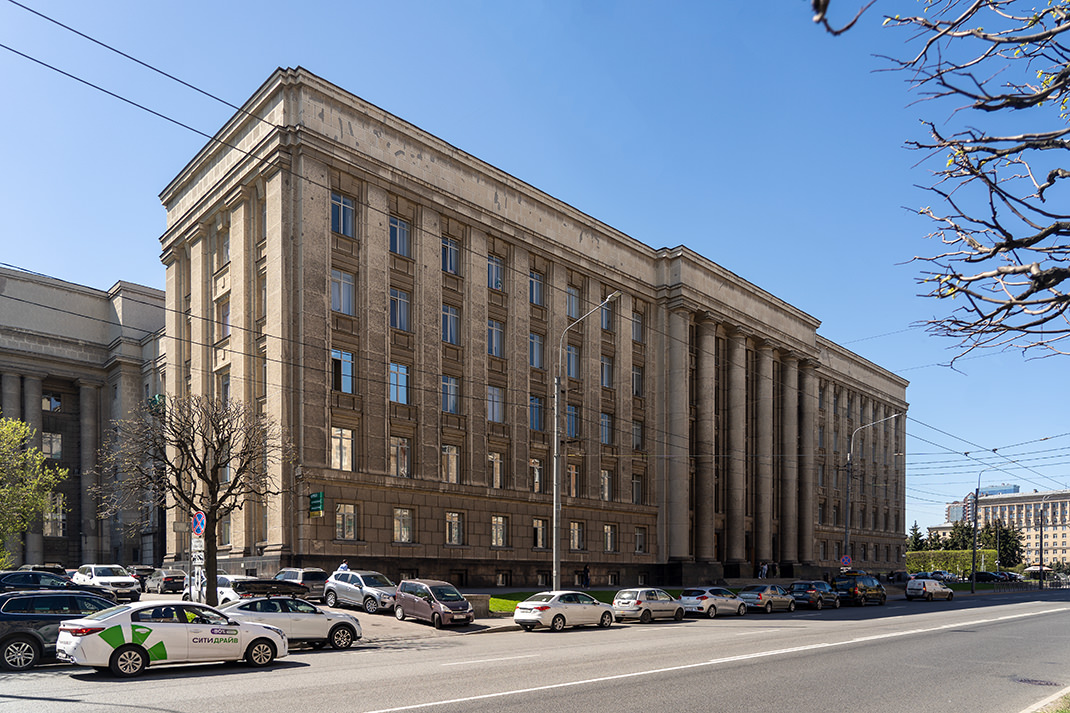
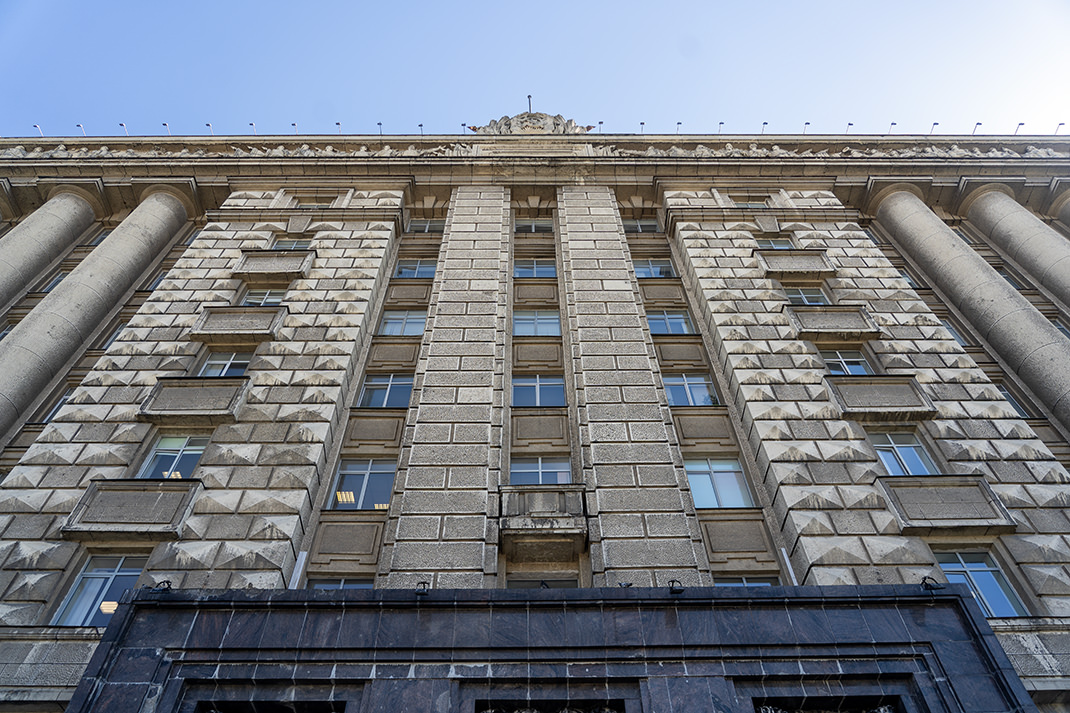
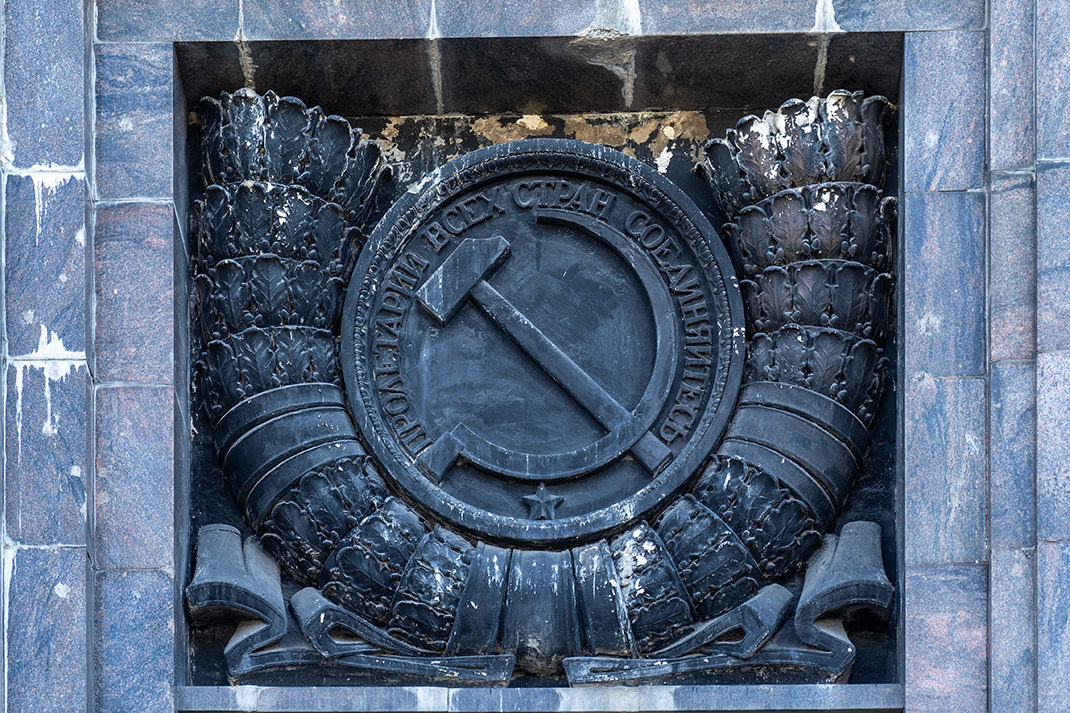
I will conclude my story here, but I invite you to continue exploring the Soviet architecture of our city through articles about the architecture and history of St. Petersburg.
Have a nice trip!


